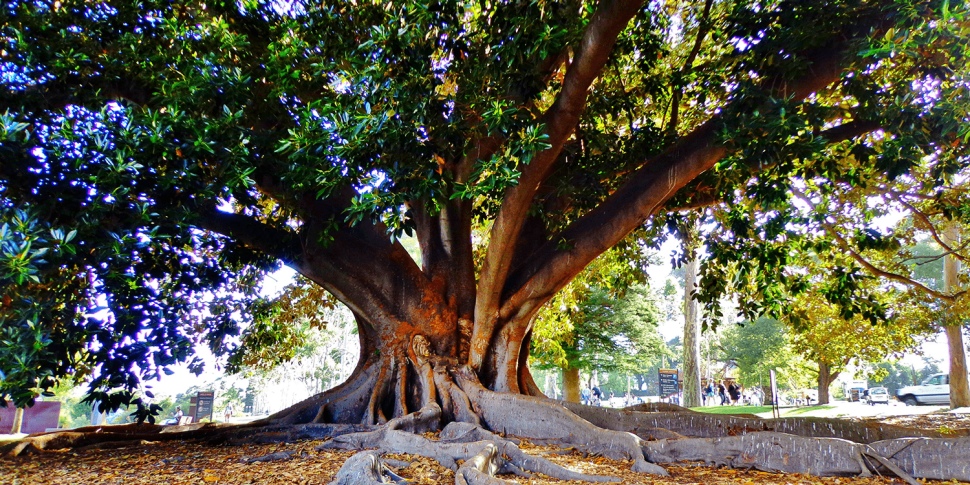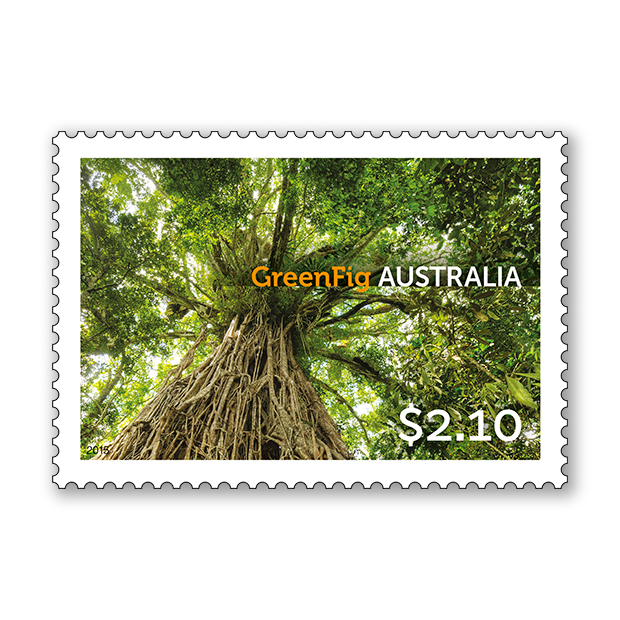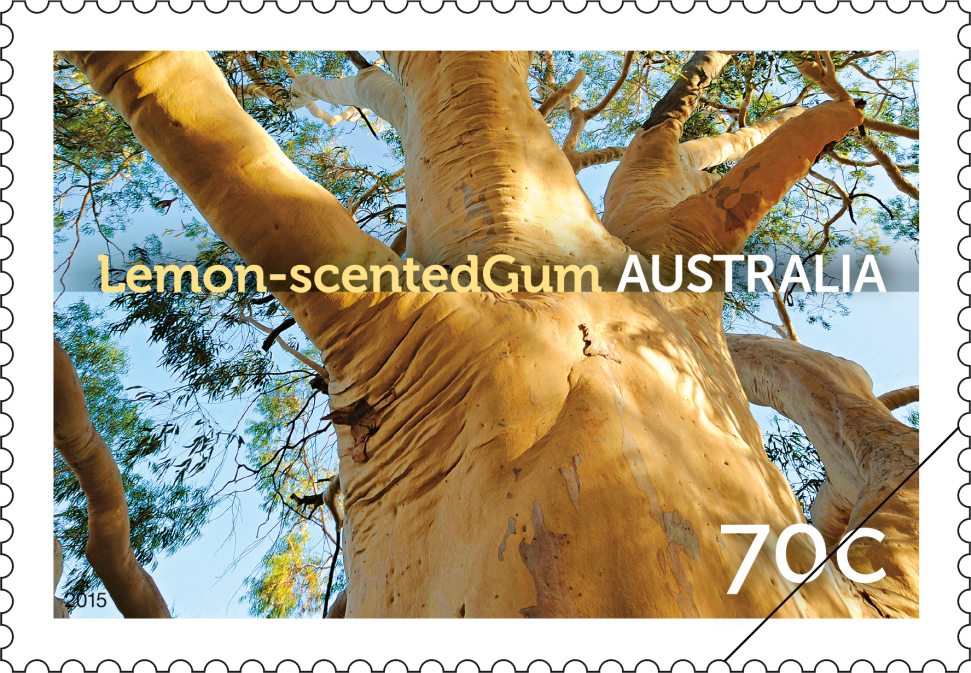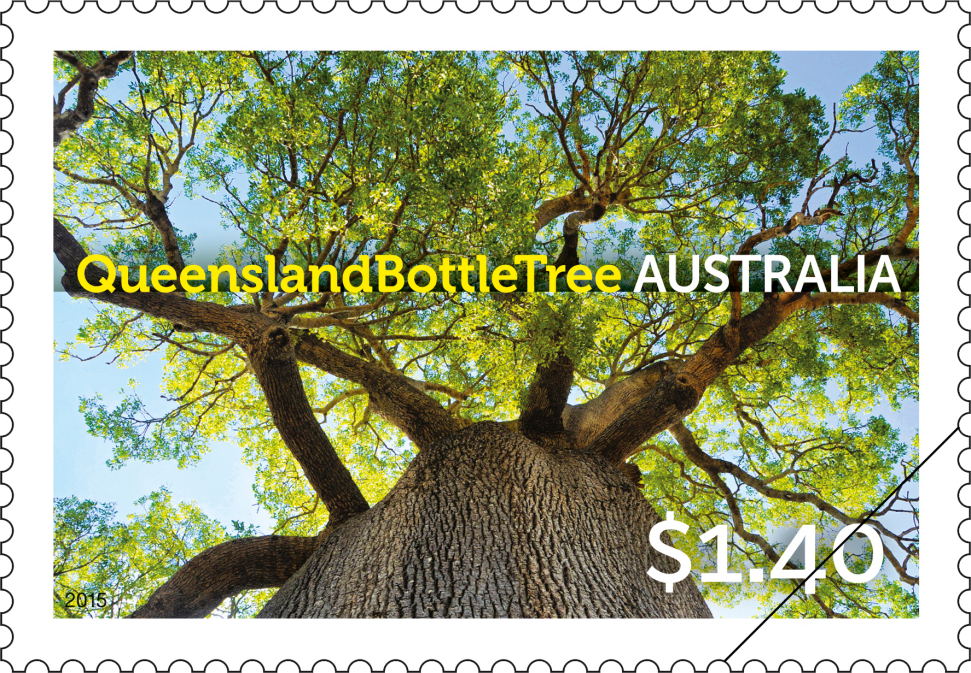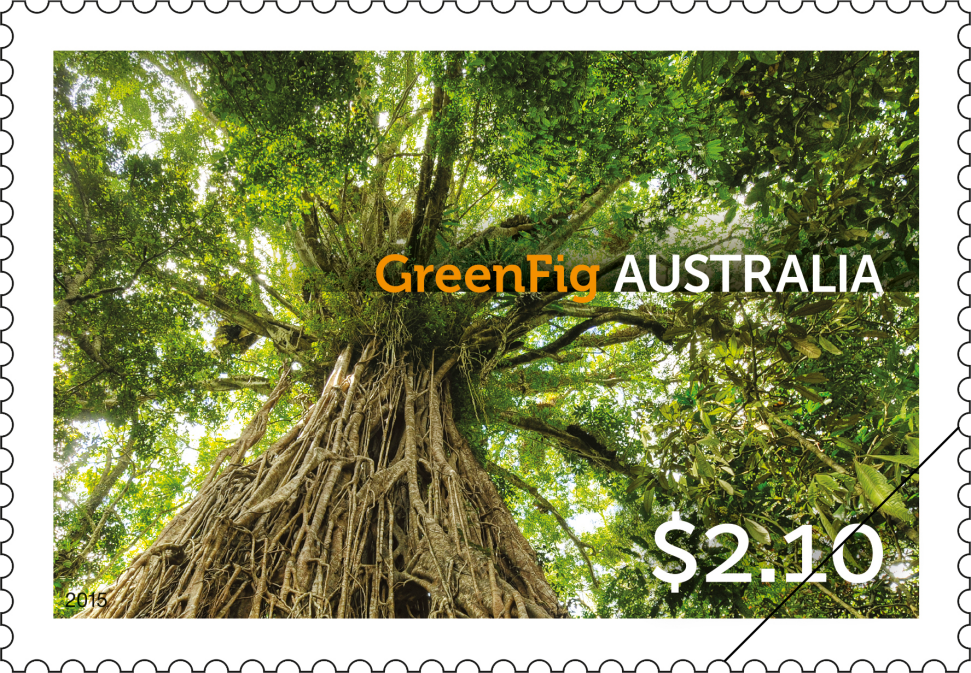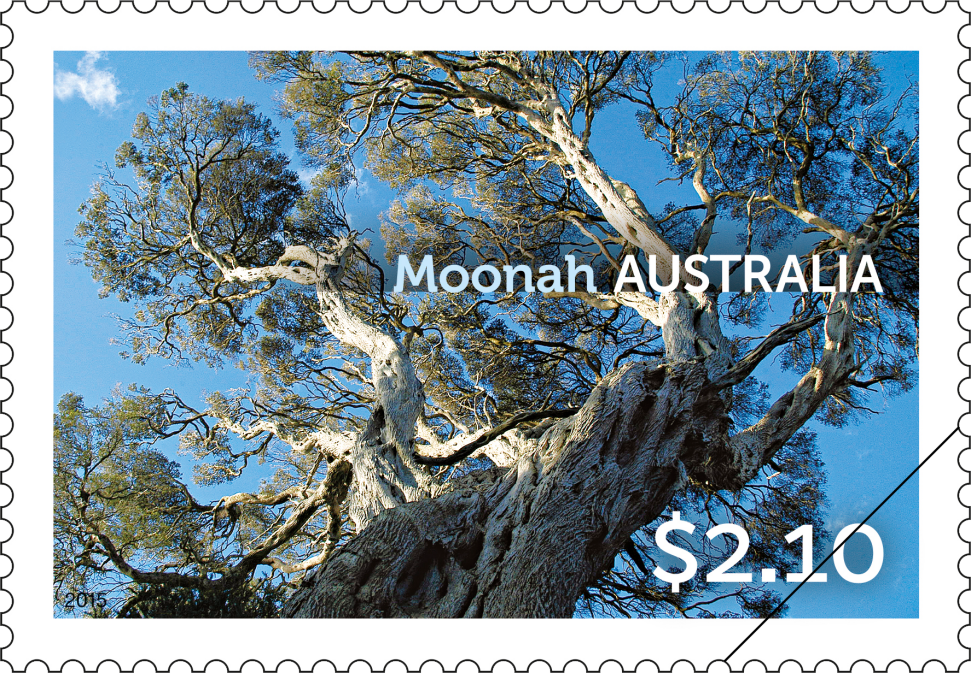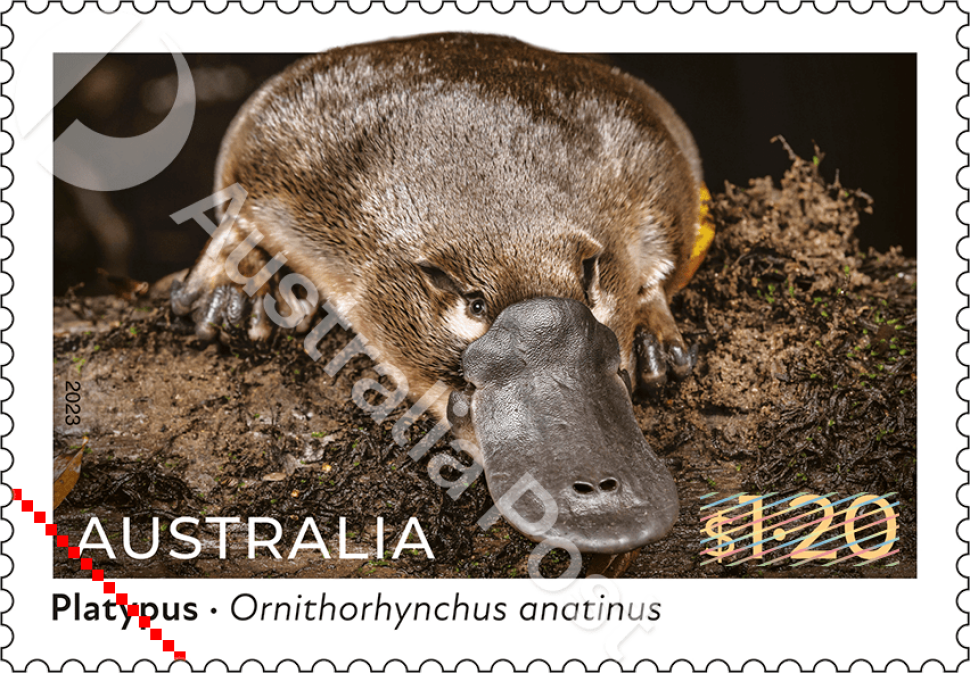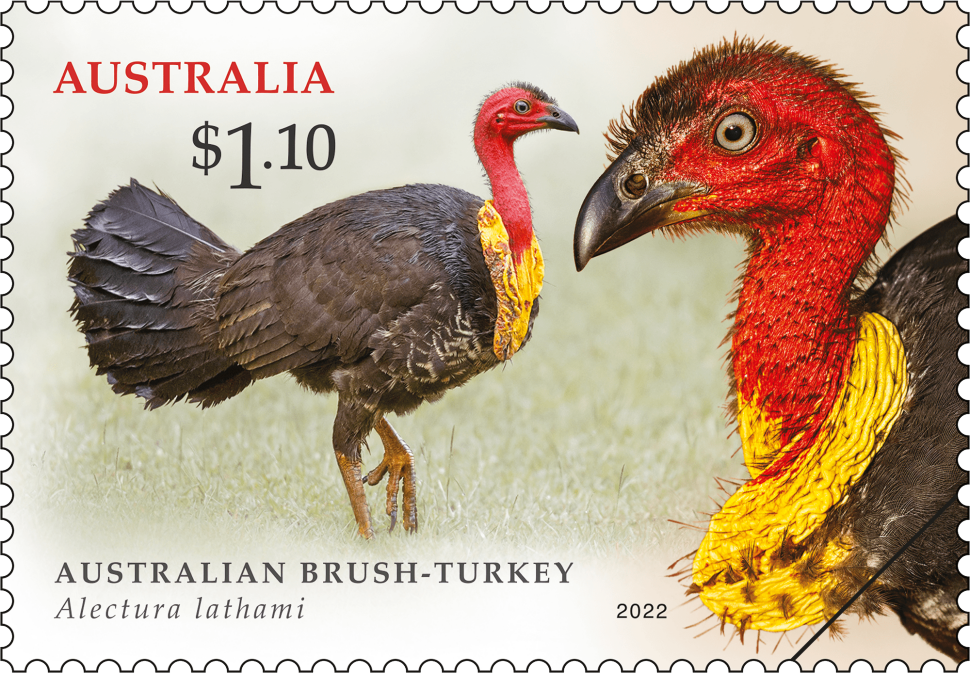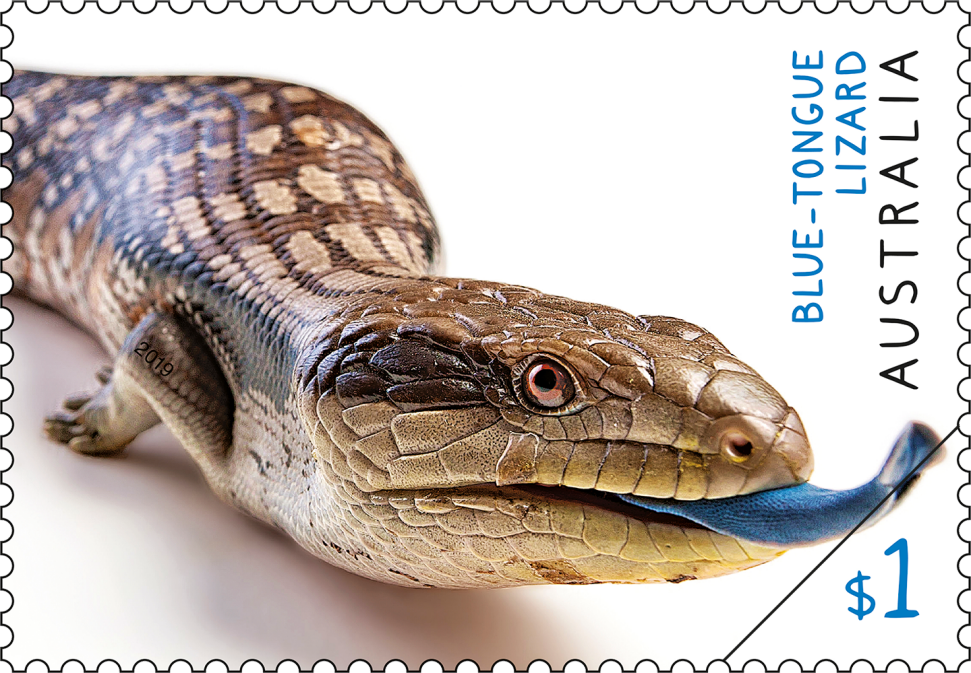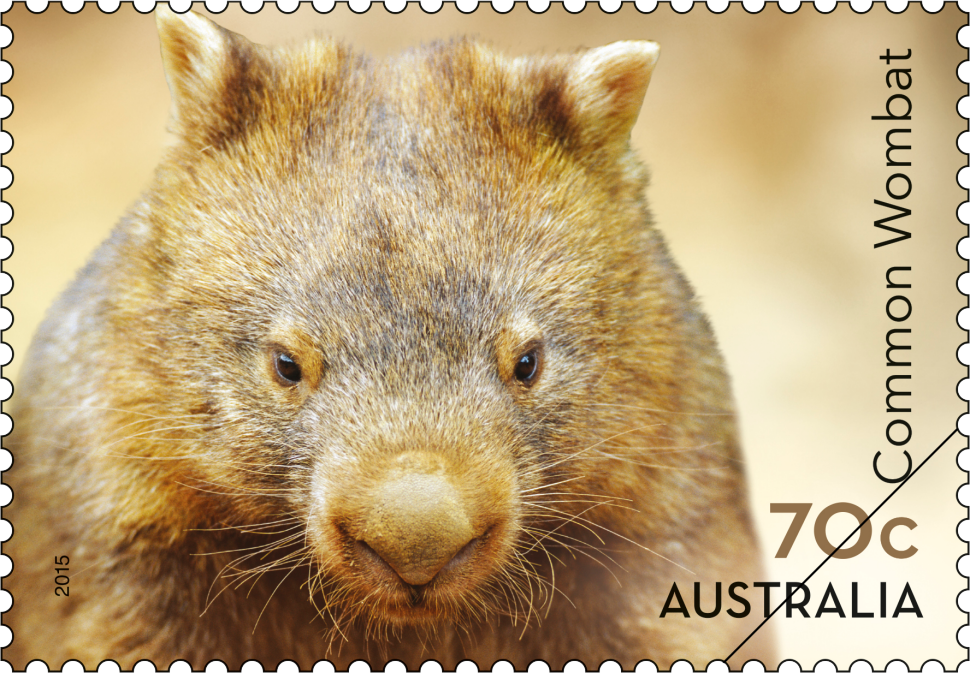This stamp issue features four distinctive Australian trees: the Queensland Bottle Tree (Brachychiton rupestris), Lemon-scented Gum (Corymbia citriodora), Moonah (Melaleuca lanceolata) and Green Fig (Ficus virens).
The Queensland Bottle Tree is endemic to Queensland and northern New South Wales. The Lemon-scented Gum is native to eastern New South Wales and Queensland; the Moonah to southern Australian coastal regions; and the Green Fig to northern, tropical Australia.
These trees have not previously been represented on Australian stamps. The issue is a companion to the 2005 Australian Trees stamp issue.
Designer
The photographer is Kimbal Baker. His photographs of Australian trees appear in the publication Australia’s Remarkable Trees, Melbourne University Press, 2010, reprinted 2014. The stamp images were photographed from below the tree, and show the unusual and striking perspective of the upper canopy.
The stamp designer is Melbourne award-winning graphic designer Mary Callahan.
Products released in this issue
- Stamp (1 x 70c, $1.40, 2 x $2.10)
- Minisheet
- Cover (blank)
- First day cover (gummed)
- First day cover (minisheet)
- Stamp pack
- Special stamp pack (wood)
- Maxicard (4)
- Postcard booklet
- Gutter (10 x 70c)
- Gutter (10 x $1.40)
- Gutter (10 x $2.10)
Technical specifications
- Issue date
- 17 March 2015
- Issue withdrawal date
- 30 September 2015
- Denominations
- 1 x 70x, 1 x $1.40, 2 x $2.10
- Stamp design
- Mary Callahan
- Product design
- Jo Mure, Australia Post Design Studio
- Photographer
- Kimbal Baker
- Paper - gummed
- Tullis Russell
- Printer
- McKellar Renown
- Printing process
- Lithography
- Stamp size
- 37.5mm x 26mm
- Minisheet size
- 135mm x 80mm
- Perforations
- 13.86 x 14.6
- Sheet layout
- Module of 50
- FDI postmark
- Botany, NSW 2019
- FDI withdrawal date
- 15 April 2015
This tall tree grows from 35 to 50 metres in height and is endemic to the temperate and tropical north of eastern Australia. It has smooth, pale, uniform or slightly mottled bark, white to coppery in summer, and a conspicuously narrow-leaved crown which smells strongly of lemons. Pear-shaped buds are borne in clusters of three, formed in the corner of leaf and stem junctions, whilst fruit (capsules) are urn-shaped. The bark is smooth for the entire height of the tree, often powdery, shedding in thin curling flakes. The tree prefers lighter, slightly acidic loamy soils and occurs in dry sclerophyll forest and woodlands in hilly country.
The example depicted on the stamp grows near Tocumwal, New South Wales. It is around 130 years old.
This tree is named for its distinctive swollen trunk which gives it the shape of a bottle. The swollen trunk, which can reach around two metres in diameter, is used mainly for water storage. The tree can grow to around 18 to 20 meters in height.
The species is endemic to a limited region of Australia namely Central Queensland through to northern New South Wales. It grows in a soil that consists of a medium to heavy clay, silt, sand and volcanic rocks. Yet the tree is quite hardy and can tolerate a variety of climates and soil types. It has been cultivated in southern Australia for many decades and can be seen as an ornamental feature around the world.
The example on the stamp grows in the Burnett region of Queensland. It is a particularly large tree, 23 metres tall with a 9.5 metre circumference.
This fig, also called a Strangler Fig, is an epiphytic species that starts life as seed dropped by a bird or animal into the branch or crevice of a tree. The seed germinates, sending long cable-like roots that grow towards the ground. Other roots encircle the trunk of the host tree, robbing it of nutrients, depriving it of light and eventually strangling it to death.
This particular tree, from Queensland’s Atherton Tablelands, is around 500 years old. The host tree died long ago, and the trunk of the fig is made up of thousands of aerial roots. The crown of the tree extends over 2000 square metres. Ten different epiphytes live in its trunks and branches.
Moonahs are one of around 140 species of melaleuca found in southern Australia. This particular subspecies is characterised by dark, corrugated bark and small grey-green lanceolate (linear) hairless leaves ordered alternately along branches. It grows to around 10 metres in height. The white to cream flowers form dense bottlebrush clusters at the end of branches. Flowering occurs from October to March peaking in December and January. The woody fruit capsules have a five-pointed crown, enclosing small seeds. This tree can be found in sandy soil, often in windswept areas close to the ocean. It is very long lived: the example on the stamp, from Churchill Island in Westernport Bay, Victoria, is thought to be more than 350 years old.
This content was produced at the time of the stamp issue release date and will not be updated.
